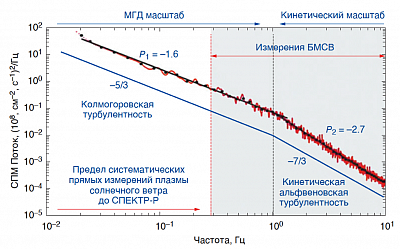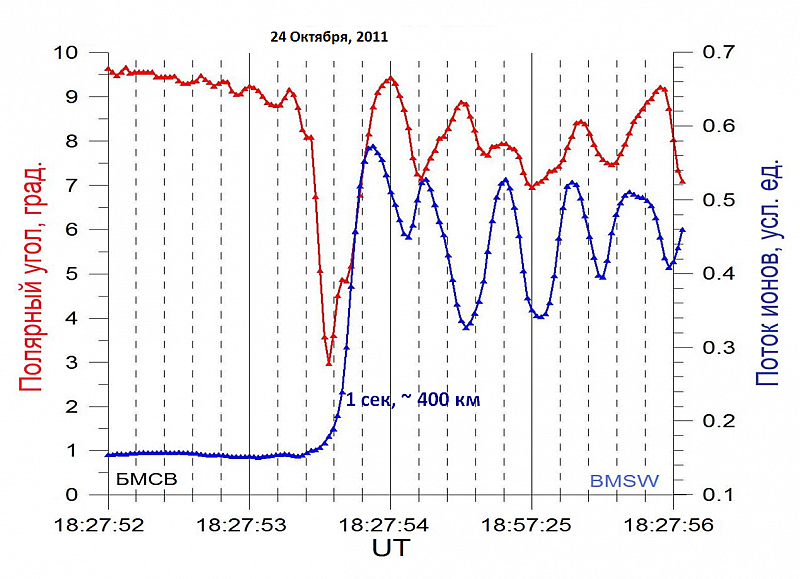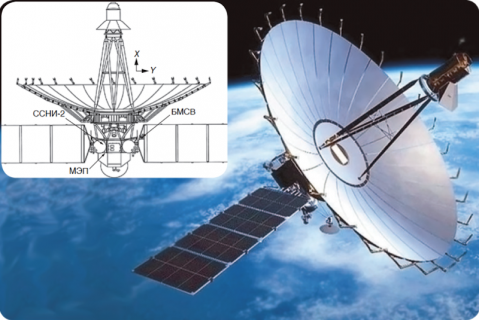
Plasma-F is a plasma-magnetic experiment for direct measurement of plasma, magnetic field and energetic particles in the interplanetary medium and magnetosphere.
Plasma-F instrument package was mounted as additional scientific payload on Spektr-R spacecraft (RadioAstron project).
Scientific Goals
- to monitor the interplanetary medium for space weather studies and forecast;
- to study solar wind turbulence in the poorly studied frequency band of 1–16 Hz;
- to study energetic particles acceleration.
Mission Overview
The Earth's magnetosphere is a region near the Earth in which the behavior of charged particles (protons, other ions, and electrons) is determined by the Earth's magnetic field.
In the absence of other forces, the magnetosphere would be a spherical bubble. But the Earth is immersed in the flux of the solar wind, which is plasma constantly flowing from the Sun. So, the shape of the Earth's magnetosphere changes. It is compressed on the side facing the Sun, and elongated on the opposite side, forming the so-called magnetotail. The distance from the Earth to the magnetopause (the boundary of the magnetosphere) towards the Sun is about 60 thousand km, and to the near-Earth shock wave — about 90 thousand km. The length of the magnetotail in the opposite direction from the Sun is millions of km.
Observations of the Earth's magnetosphere and the solar wind interacting with it are important for understanding solar-terrestrial relations and, in particular, for studying and forecasting space weather — state of the near-Earth space environment related to solar activity.
The Plasma-F experiment was installed onboard the Spectr-R spacecraft. The spacecraft circled the Earth in a unique orbit, measuring the parameters both inside and mostly outside the Earth's magnetosphere.
Orbital parameters:
- period: 8.2 days;
- apogee: ~ 340,000 km;
- perigee: 576 km.
For 7–8 days the spacecraft stayed outside the Earth's magnetosphere, which provided almost continuous monitoring of the solar wind. Then it quickly passed through the magnetosphere, measuring parameters in its different regions.
Plasma-F instruments
- BMSV plasma spectrometer (fast solar wind monitor)
- MMFF magnetometer (ferroprobe and induction magnetometers)
- Energetic particles detector MEP-2
- Data collection, processing, and storage system SSNII-2
Project Completion
On May 30, 2019, the mission was officially completed. On January 10, 2019 communication with the Spektr-R spacecraft failed, and despite the efforts of specialists from Lavochkin Association was not restored. The State Commission examined the spacecraft’s technical condition on 30 May 2019 and decided to finish the RadioAstron observing program.
The satellite scientific instruments, including Plasma-F suit, successfully operated for 7.5 years (August 2011 — January 2019), exceeding the nominal term of 3 years more than twice, and probably would have operated longer. Unfortunately, the link with the spacecraft was lost due to the very long exposure to the space radiation, which had affected the onboard low-gain antenna communication system.
Scientific results of both RadioAstron project and Plasma-F experiments were exciting and to a large extent unexpected.
Mission Results
The main feature of the Plasma-F was a very high temporal resolution for this kind of plasma measurements. In particular, the Russian-Czech BMSV solar wind spectrometer could make 32 measurements per second, which was 100 times better than similar instruments on other spacecraft did. Even now, ten years later, it is rarely surpassed in other experiments. Even though some of them reach high temporal resolution, but is not a systematical feature. Therefore, plasma data obtained in this project will remain unique and serve as a source of new knowledge in the physics of near-Earth plasma for many years to come.
In particular, high temporal resolution of the BMSV plasma spectrometer made possible first systematic studies of fluctuations responsible for solar wind mixing. A complex hierarchy of different-scale structures (tubes, eddies, etc.) called turbulence forms in the solar wind. In such a system energy is transferred from the large-scale structures to smaller and smaller scales, until it dissipates on kinetic scales, thus heating and accelerating plasma particles. Previously, it was believed that turbulence in the solar wind develops freely as it propagates from the Sun to the Earth, but the results of the BMSW measurements cast doubt on this view. It turned out that the boundaries between plasma flows of different nature can affect characteristics of the turbulent flow similar to what the walls of the laboratory have on laboratory plasma experiments. Such phenomena are the major obstacle on the way to controlled thermonuclear reaction. These studies are also important for space weather forecast as they provide additional information about the solar wind flows interactions, while they are moving away from the Sun.
Over the past 10 years, as part of these studies at IKI, a catalog of BMSV data was compiled and more than 30 scientific papers published, many of the them in the world's leading scientific journals.
Leading Organizations and Principal Investigators
- State Space Corporation ROSCOSMOS
- Lavochkin Association
- Space Research Institute of the Russian Academy of Sciences (IKI)
- Principal Investigator: Academician of RAS, Prof. Lev M. Zelenyi (IKI)
In Collaboration With
- D.I. Mendeleev All-Russian Scientific Research Institute for Metrology (VNIIM)
- Charles University, Czech Republic
- Institute of Experimental Physics of the Slovak Academy of Sciences
- Institute of Atmospheric Physics of the Czech Academy of Sciences
- Center for Space Science & Applied Research of the Chinese Academy of Sciences (CSSAR)
Main Mission Publications
- Zelenyi, L.M., Zastenker, G.N., Petrukovich, A.A. et al. Plasma-F experiment onboard the Spectr-R satellite // Cosmic Res 51, 73–77 (2013)
- Zastenker, G.N., Khrapchenkov, V.V., Koloskova, I.V. et al. Rapid variations of the value and direction of the solar wind ion flux // Cosmic Res 53, 59–69 (2015)
- Safrankova J., Nemecek Z., Prech L., Zastenker G., et al. Fast Solar Wind Monitor (BMSW): Description and First Results // Space Sci Rev 175, 165–182 (2013)
- Petrukovich A A, Malova H V, Popov V Yu, Maiewski E V, Izmodenov V V, Katushkina O A, Vinogradov A A, Riazantseva M O, Rakhmanova L S, Podladchikova T V, Zastenker G N, Yermolaev Yu I, Lodkina I G, Chesalin L S Modern view of the solar wind from micro to macroscales Phys. Usp. 63 801–811 (2020)
- Rakhmanova L., Riazantseva M. and Zastenker G. (2021) Plasma and Magnetic Field Turbulence in the Earth’s Magnetosheath at Ion Scales // Front. Astron. Space Sci. 7:616635
- Riazantseva, M.O., Budaev, V.P., Zelenyi, L.M., Zastenker G.N., Pavlos G.P., Safrankova J., Nemecek Z., Prech L. and Nemec F., Dynamic properties of small scale solar wind plasma fluctuations // Phil. Trans. R. Soc. A, 373 (2041), 20140146. 2015
- Rakhmanova L., Riazantseva M., Zastenker G., Yermolaev Yu. Dynamics of plasma turbulence at the Earth’s bow shock and through the magnetosheath // The Astrophysical Journal, 901:30. 2020
Websites
Gallery
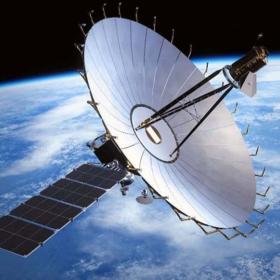
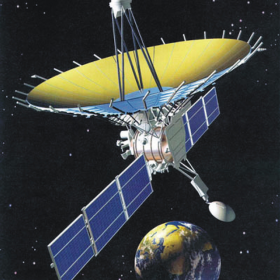

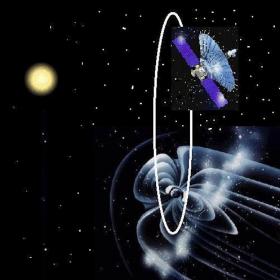

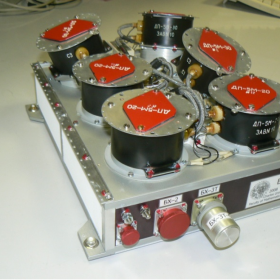
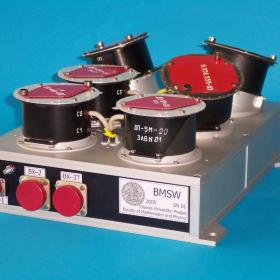
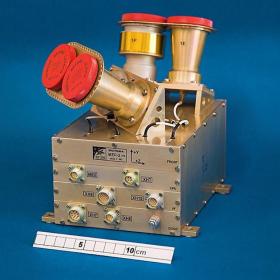

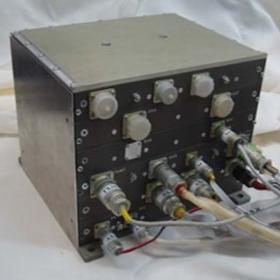
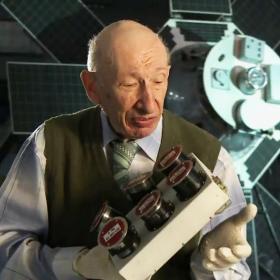
Spektr-R
Status: completed
Launch: 18.07.2011, 06:31 Moscow time, Baikonur, Zenit-2SБ80 launch vehicle / Fregat upper stage
End of operation: 30.05.2019
Leading space agency: ROSCOSMOS
SCN: 37755
NSSDC ID: 2011-037A
Main website: RADIOASTRON Main Page
Plasma-F
Status: completed
Leading space agency: ROSCOSMOS
Main website: Plasma-magnetic experiment PLASMA-F

